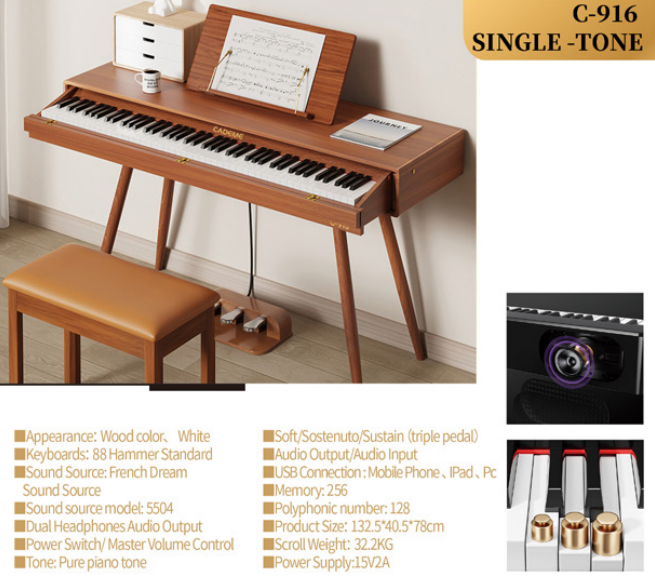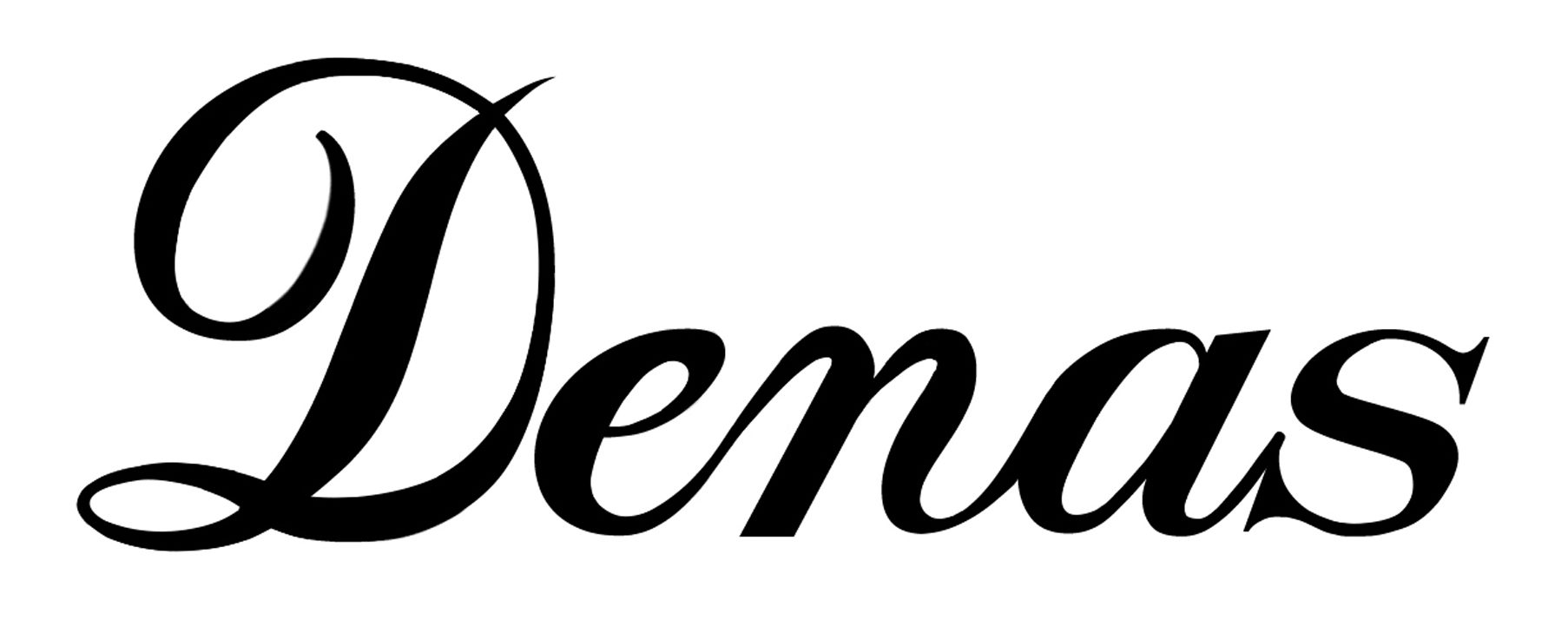Digital pianos have undergone revolutionary transformations over the past decade, and one of the most sought-after modern features is Bluetooth functionality. This wireless technology allows musicians to connect their instruments with other smart devices seamlessly, transforming the way we learn, play, and produce music.
In this comprehensive guide, we explore the Bluetooth capabilities of digital pianos, focusing on practical applications, benefits, compatibility, and technical nuances. Whether you’re a beginner, a music educator, or a professional performer, mastering this functionality can greatly enrich your musical journey.
What Is Bluetooth in a Digital Piano?
Bluetooth in digital pianos refers to the wireless connectivity feature that allows the instrument to communicate with smartphones, tablets, computers, and other Bluetooth-enabled devices. It typically supports two types of connections:
- Bluetooth MIDI: Enables the transmission of MIDI data (musical note data) to and from devices and software.
- Bluetooth Audio: Allows audio playback through the piano’s built-in speakers from external devices.
Both serve unique purposes and are essential for modern musical workflows.
Benefits of Bluetooth Connectivity in Digital Pianos
1. Seamless Integration with Music Apps
One of the key advantages of Bluetooth MIDI is the ability to connect with popular music learning and composing apps like Flowkey, Simply Piano, GarageBand, and Sibelius. This connectivity enhances the learning experience by providing interactive lessons, real-time feedback, and notation displays synced with your playing.
2. Wireless Audio Playback for Practice
With Bluetooth Audio, users can stream backing tracks, metronomes, or accompaniment music directly from a smartphone or tablet to the digital piano’s speaker system. This feature eliminates the need for cumbersome cables and allows for a cleaner, distraction-free setup.
3. Recording and Composition Made Easy
Connecting to DAWs (Digital Audio Workstations) like Ableton Live, Logic Pro X, or Cubase via Bluetooth MIDI simplifies the recording and editing process. Musicians can instantly capture their performances and compose arrangements without additional interfaces.
4. Enhanced Live Performance Versatility
For gigging musicians, the ability to trigger samples or effects wirelessly from a connected device adds a dynamic edge to performances. Bluetooth allows greater stage mobility and setup efficiency, reducing cable clutter and setup time.
How to Connect Your Digital Piano via Bluetooth
Connecting your digital piano to a smart device involves a few simple steps, though they may vary slightly depending on the brand and model.
Step-by-Step Bluetooth MIDI Setup:
- Enable Bluetooth on your digital piano (check the manual for the exact procedure).
- On your smart device, go to Bluetooth settings and search for your piano.
- Use a compatible app that supports Bluetooth MIDI, such as Roland Piano Partner 2 or Yamaha Smart Pianist.
- Pair the devices and begin interacting with the software.
Step-by-Step Bluetooth Audio Setup
- Ensure the digital piano has Bluetooth Audio support.
- Enable pairing mode on the piano.
- Search for the piano under available Bluetooth devices on your smartphone/tablet.
- Once connected, play audio directly from your device, and it will be heard through the piano’s speakers.
Troubleshooting Common Bluetooth Issues
Bluetooth, while incredibly useful, can sometimes present technical hiccups. Here are quick solutions to the most frequent problems:
- Device Not Found: Ensure both devices are discoverable and Bluetooth is turned on.
- Intermittent Connection: Reduce the distance between devices and remove potential obstructions.
- App Not Responding: Verify that the app supports Bluetooth MIDI and is updated to the latest version.
- Audio Lag: Bluetooth audio may experience slight latency. For critical timing applications, consider using a wired connection.
Security and Firmware Updates
Digital pianos with Bluetooth capabilities often receive firmware updates from the manufacturer. These updates can:
- Improve connection stability
- Add new features
- Fix known bugs
- Enhance compatibility with operating systems
Always check the manufacturer’s official website for firmware and regularly update your piano to enjoy peak performance.
Future of Bluetooth in Digital Pianos
Bluetooth technology in digital pianos is still evolving. With the rise of Bluetooth 5.0 and Low Energy (LE) MIDI standards, we expect even faster, more stable, and power-efficient connections. Future models may also offer multi-device pairing, cloud sync capabilities, and AI-powered interactive feedback, transforming the educational and creative experience even further.
Bluetooth functionality in digital pianos is no longer a luxury—it’s a critical tool for musicians of all levels. From learning to performing and recording, this wireless capability enhances musical flexibility, efficiency, and enjoyment. Understanding how to use and optimize this feature ensures you’re getting the most out of your instrument and staying ahead in the ever-evolving world of digital music.
Whether you’re investing in your first piano or upgrading to a newer model, be sure to consider Bluetooth support as a deciding factor. It’s not just about convenience; it’s about unlocking limitless creative potential.





